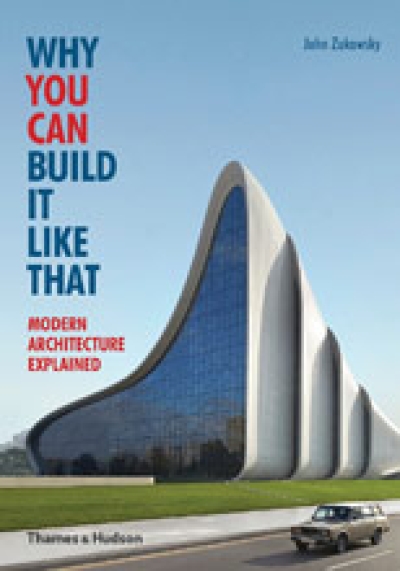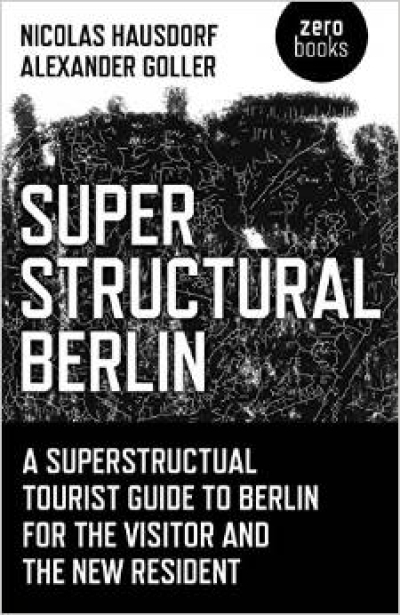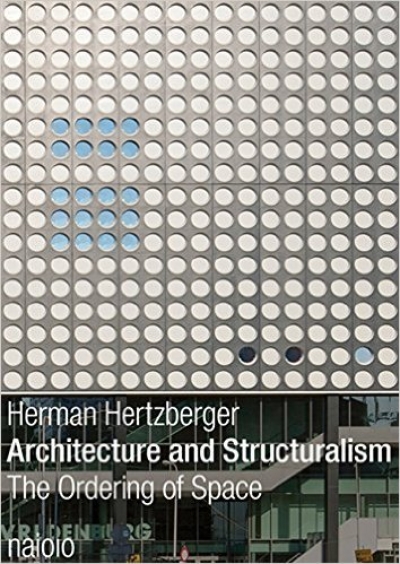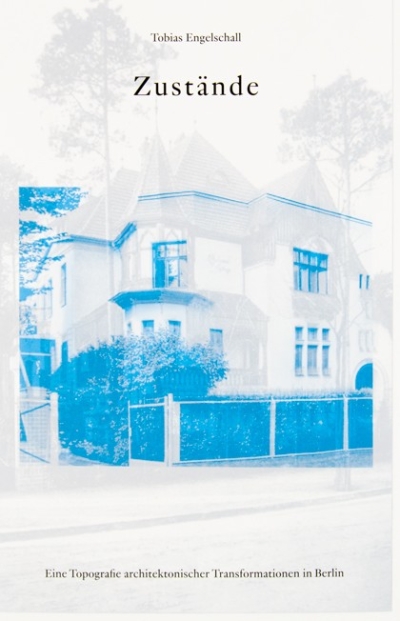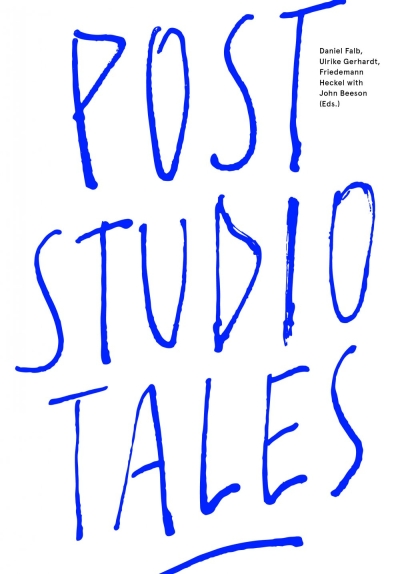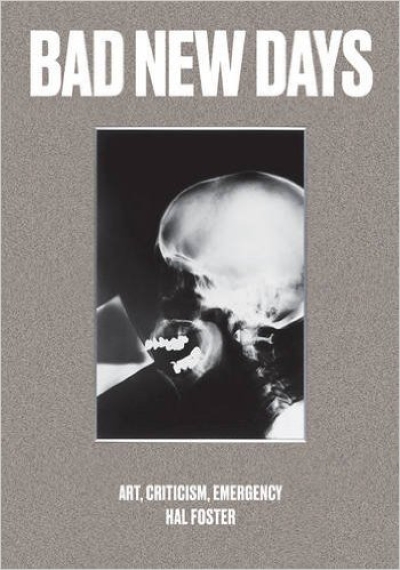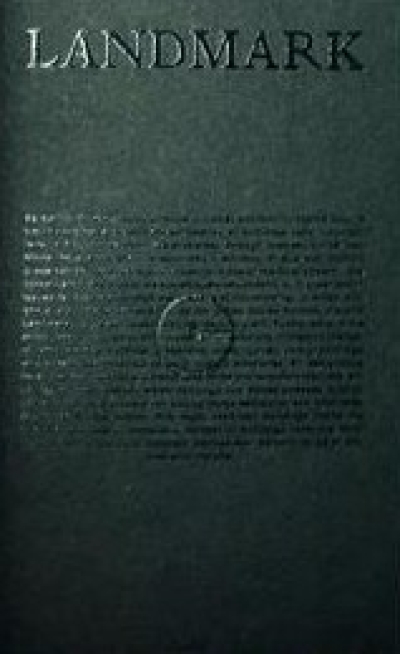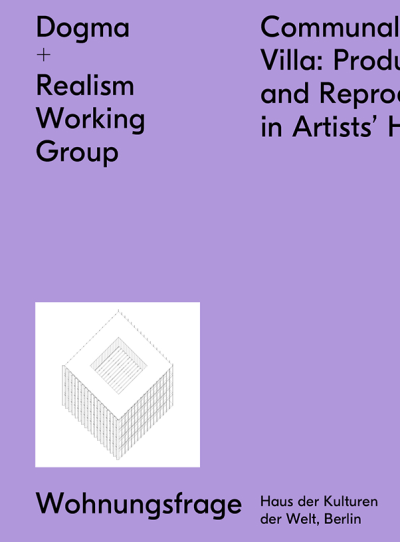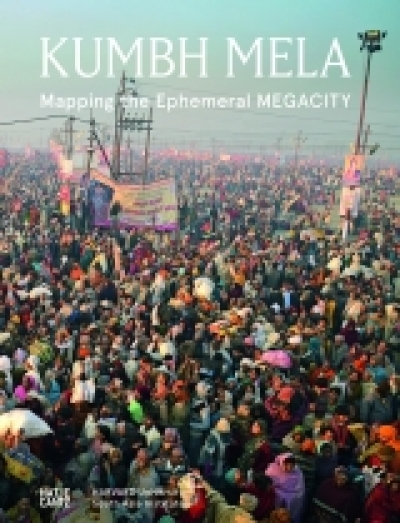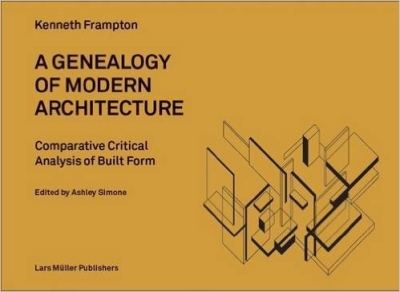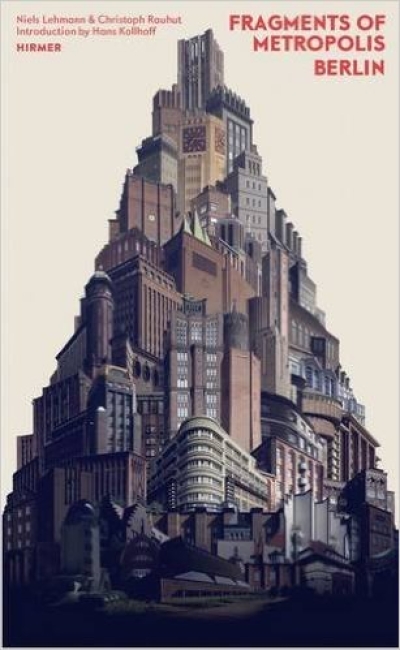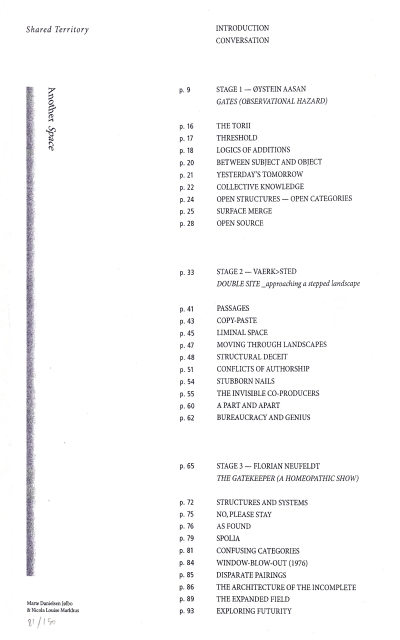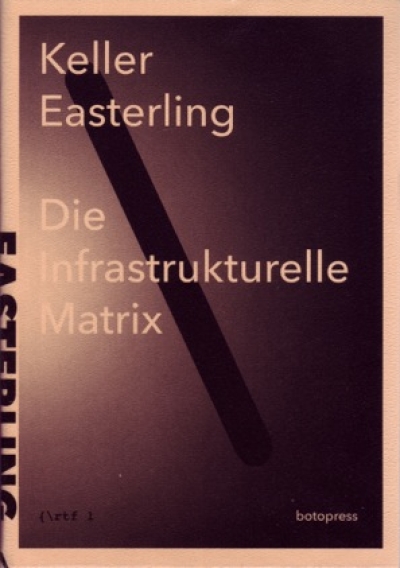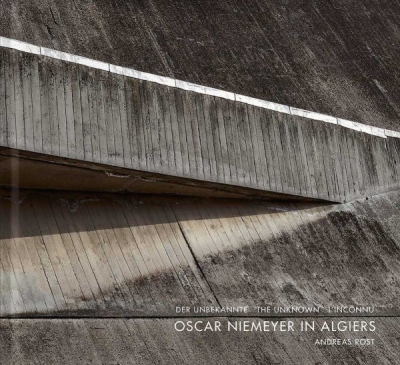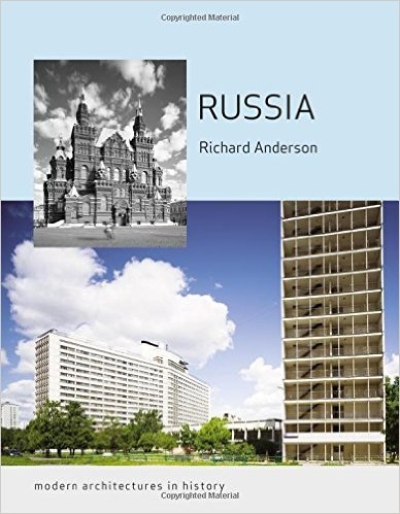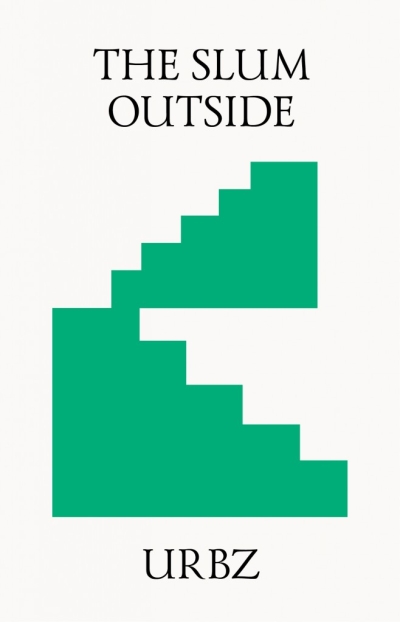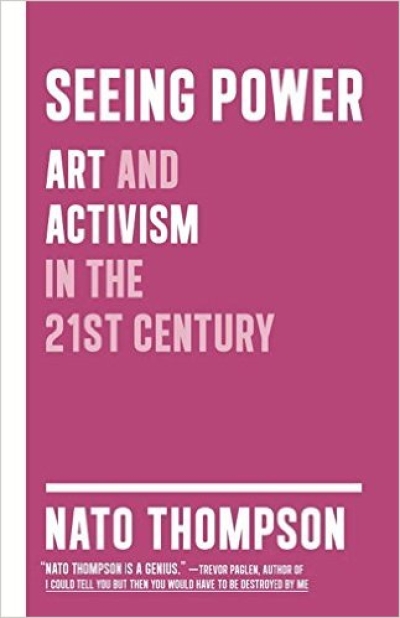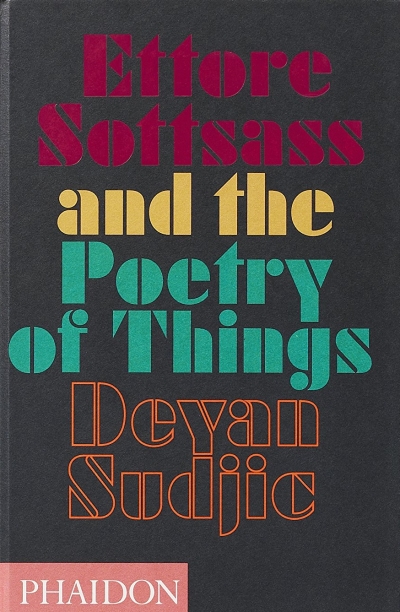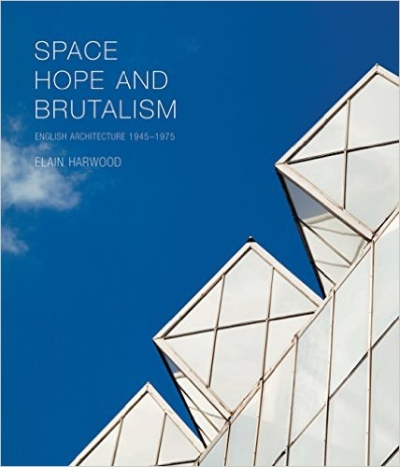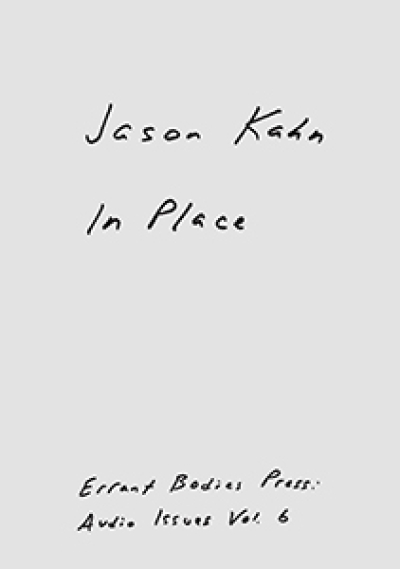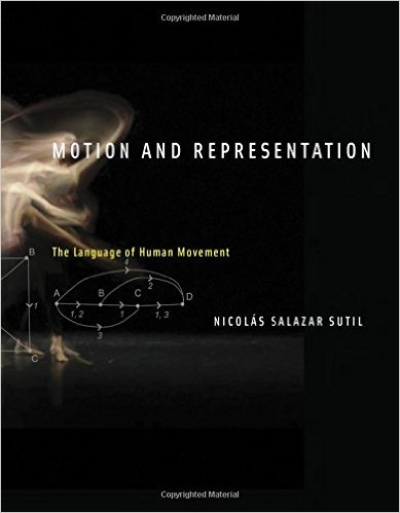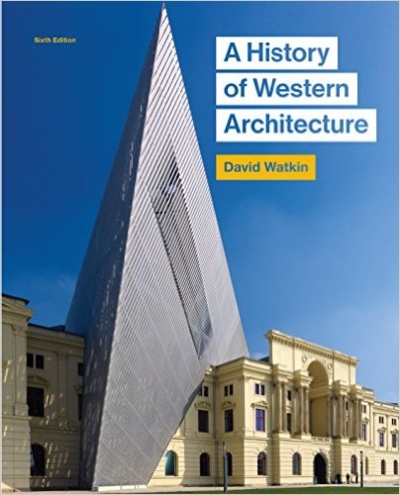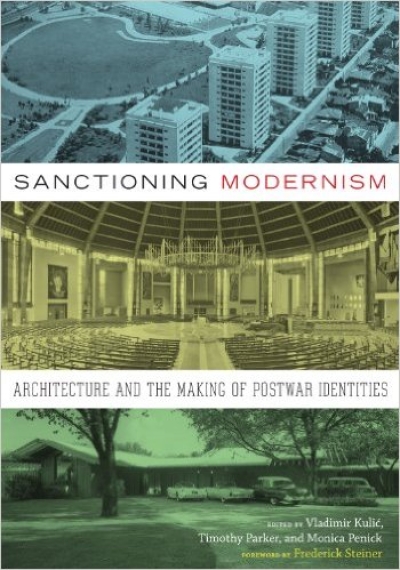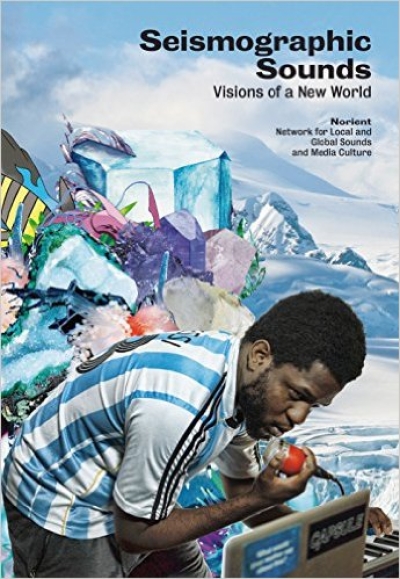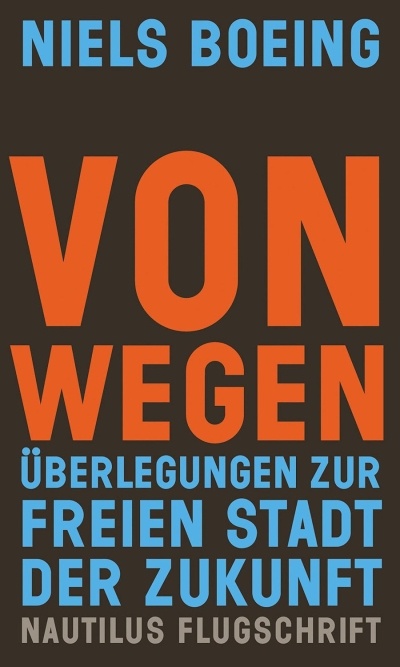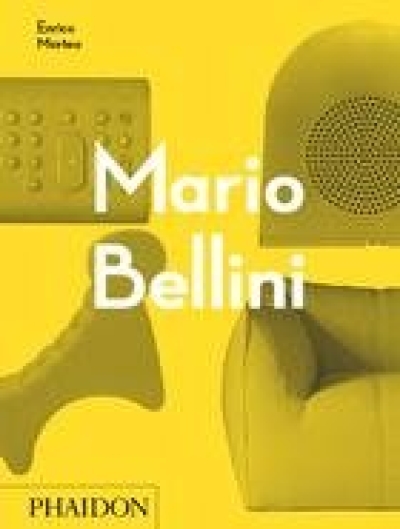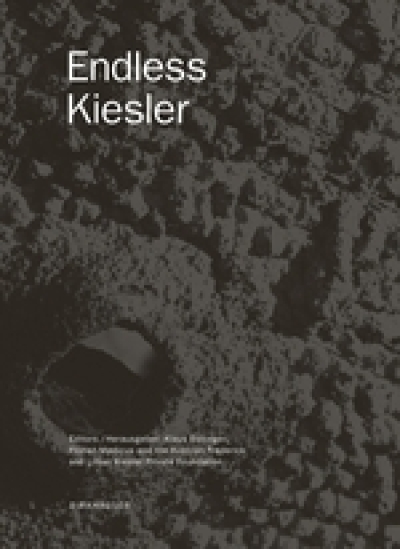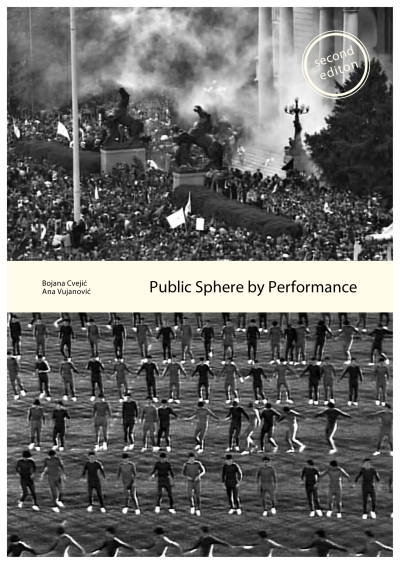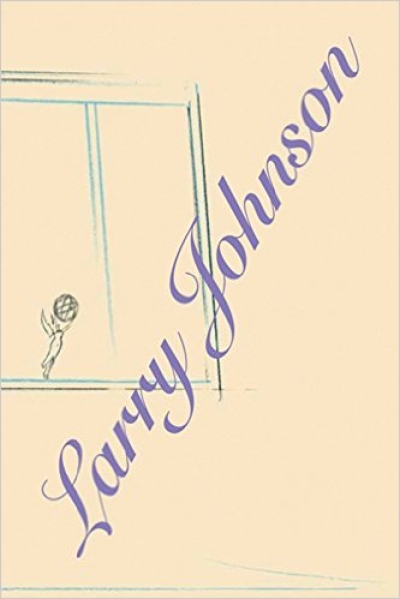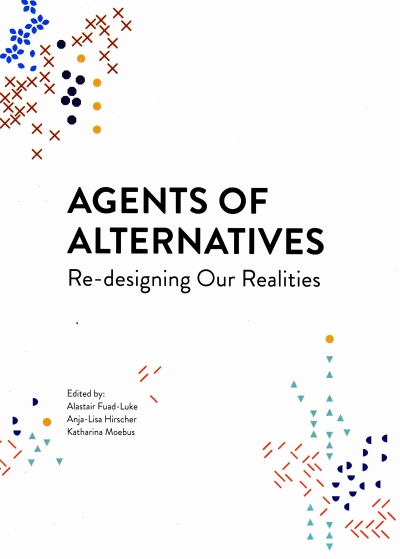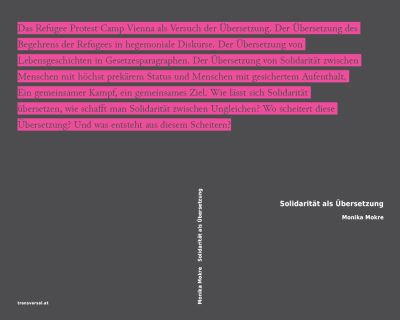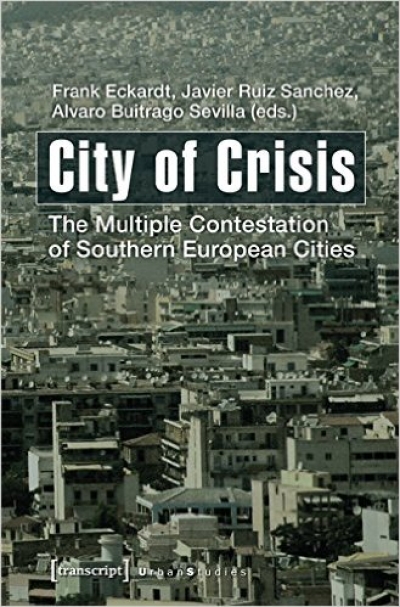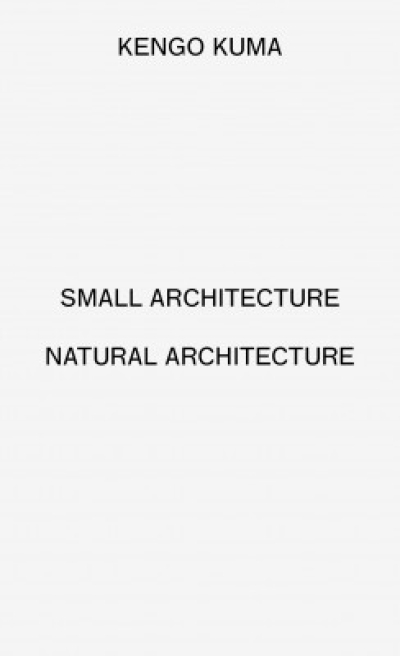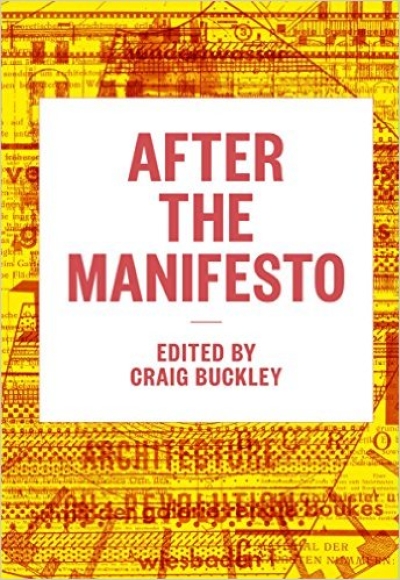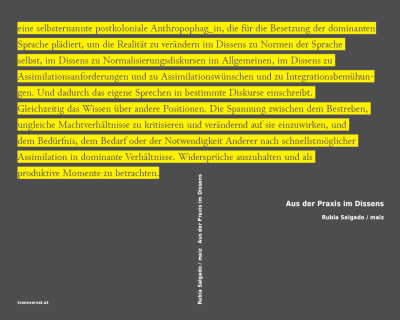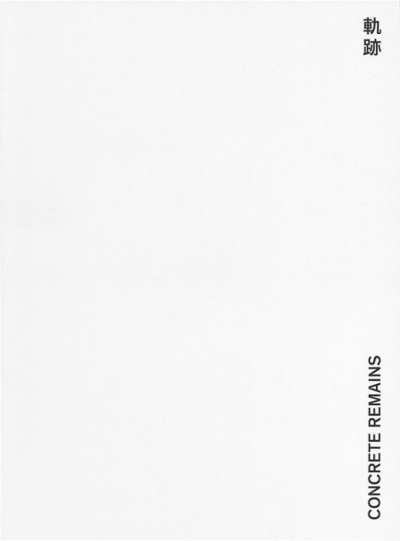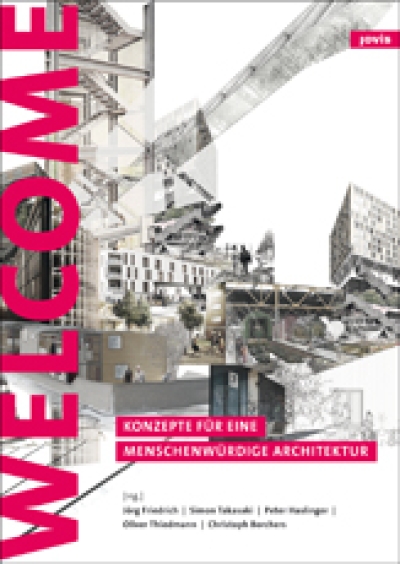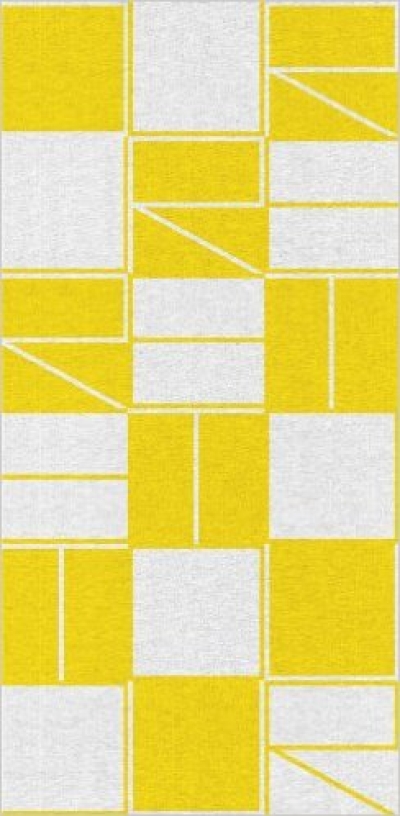Ivanisin, Thaler, Blagojevic (Hg.)
Dobrovic in Dubrovnik. A Venture in Modern Architecture
gerade nicht auf Lager
Fezer, Hiller, Hirsch, Kuehn, Peleg (Hg…
Kollektiv für sozialistisches Bauen. Proletarische…
gerade nicht auf Lager
Nicolas Hausdorf, Alexander Goller
Superstructural Berlin. A Superstructural Tourist Guide to…
gerade nicht auf Lager
Herman Hertzberger
Architecture and Structuralism. The Ordering of Space
gerade nicht auf Lager
Maria Hlavajova, Ranjit Hoskote (Eds.)
Future Publics (the Rest Can and Should Be Done by the…
gerade nicht auf Lager
Tobias Engelschall
Zustände. Eine Topografie architektonischer…
Daniel Falb, Ulrike Gerhardt,…
Post-Studio Tales
Anri Sala
Why is colour better than grey?
gerade nicht auf Lager
Peter Weibel (Ed.)
Global Activism: Art and Conflict in the 21st Century
Markus Kutter, Lucius Burckhardt
Wir selber bauen unsere Stadt: Ein Hinweis auf die…
Hal Foster
Bad New Days. Art, Criticism, Emergency
gerade nicht auf Lager
Clog
Landmark
gerade nicht auf Lager
Moderna Museet Stockholm (Ed.)
Francesca Woodman. On Being an Angel
gerade nicht auf Lager
Fezer, Hiller, Hirsch, Kuehn, Peleg (Hg…
Realism Working Group + Dogma . Communal Villa. Production…
gerade nicht auf Lager
Rahul Mehrotra, Felipe Vera (Eds.)
Kumbh Mela. Mapping the Ephemeral Mega City
gerade nicht auf Lager
Brandon LaBelle
Room Tone. Audio Issues Vol. 7
gerade nicht auf Lager
Metahaven
Black Transparency. The Right to Know in the Age of Mass…
gerade nicht auf Lager
Kenneth Frampton
Genealogy of Modern Architecture. A Comparative Critical…
gerade nicht auf Lager
Tile von Damm, Anne-Katrin Fenk &…
OK Otto Koenigsberger. Architecture and Urban Visions in…
Vittoria Capresi, Barbara Pampe (Hg.)
Discovering Downtown Cairo. Architecture and Stories
gerade nicht auf Lager
Niels Lehmann, Christoph Rauhaut (Eds.)
Fragments of Metropolis Berlin. Berlins expressionistisches…
gerade nicht auf Lager
Hans-Christian Dany
Schneller als die Sonne. Aus dem rasenden Stillstand in…
gerade nicht auf Lager
John Dixon Hunt
A World of Gardens
gerade nicht auf Lager
M. Danielsen Jolbo, N. L. Markhus (Eds.)
Shared Territory (Another Space)
gerade nicht auf Lager
Keller Easterling
Die Infrastrukturelle Matrix
gerade nicht auf Lager
Zach Klein
Cabin Porn. Inspiration for Your Quiet Place Somewhere
gerade nicht auf Lager
Andreas Rost
Der unbekannte / The unknown / L'inconnu. Oscar…
gerade nicht auf Lager
Richard Anderson
Russia. Modern Architectures in History
Keren Cytter
The Amazing True Story of Moshe Klinberg..
gerade nicht auf Lager
Matias Echanove, Rahul Srivastava / URBZ
The Slum Outside: Elusive Dharavi
gerade nicht auf Lager
Nato Thompson
Seeing Power. Art and Activism in the Twenty-first Century
gerade nicht auf Lager
Sidsel Meineche Hansen & Tom…
Politics of Study
Deyan Sudjic
Ettore Sottsass and the Poetry of Things
Daniel Martin Feige, Judith Siegmung (…
Kunst und Handlung. Ästhetisch und handlungstheoretische…
gerade nicht auf Lager
Elain Harwood
Space, Hope and Brutalism
gerade nicht auf Lager
Jason Kahn
In Place
gerade nicht auf Lager
Nicolás Salazar Sutil
Motion and Representation. The Language of Human Movement
gerade nicht auf Lager
David Watkin
A History of Western Architecture (sixth Ed.)
V. Kulic, T. Parker, M. Penick (Eds.)
Sanctioning Modernism. Architecture and the Making of…
gerade nicht auf Lager
L. Shapton, S. Heti, H. Julavits
Frauen und Kleider. Was wir tragen, was wir sind
Arthur Rüegg, Ruggero Tropeano
Sammeln heisst Forschen / Collecting as Research.…
gerade nicht auf Lager
Mira Mattar (Ed.)
You Must Make Your Death Public. A collection of texts and…
Theresa Beyer, Thomas Burkhalter,…
Seismographic Sounds. Visions of a New World
Niels Boeing
Von Wegen. Überlegungen zur freien Stadt der Zukunft
Enrico Morteo
Mario Bellini. Furniture, Machines & Objects
gerade nicht auf Lager
Klaus Bollinger, Florian Medicus (Eds.)
Endless Kiesler
gerade nicht auf Lager
Bojana Cvejic & Ana Vujanovic (Ed.)
Public Sphere by Performance (2nd Edition)
gerade nicht auf Lager
Rasmus Waern & Gert Wingårdh
What is Architecture? And 100 Other Questions
gerade nicht auf Lager
John Zukowsky
Why You Can Build it Like That. Modern Architecture…
Larry Johnson
Commie Pinko Guy
gerade nicht auf Lager
A. Fuad-Luke, A. Hirscher, K. Moebus
Agents of Alternatives. Re-Designing our Realities
Monika Mokre
Solidarität als Übersetzung. Überlegungen zum Refugee…
Sarah Entwistle
Please send this book to my mother
Franz Eckardt, Javier R. Sanchez (Eds.)
City of Crisis. The multiple Contestation of Southern…
gerade nicht auf Lager
Kengo Kuma
Small Architecture / Natural Architecture
gerade nicht auf Lager
Craig Buckley (Ed.)
After the Manifesto. Writing, Architecture, and Media in a…
Rubia Salgado / maiz / Andrea Hummer (…
Aus der Praxis im Dissens
Johannes Ernst
Concrete Remains
Birgit Mennel, Monika Mokre (Hg)
Das große Gefängnis
gerade nicht auf Lager
Félix Guattari
Psychoanalysis and Transversality. Texts and Interviews…
gerade nicht auf Lager
Katia Frey, Eliana Perotti (Hg)
Theoretikerinnen des Städtebaus. Texte und Projekte für die…
gerade nicht auf Lager
Jörg Friedrich / Simon Takasaki / Peter…
Refugees Welcome. Konzepte für eine menschenwürdige…
Dirk Bell
Retour
Krentel, Barthel, Brand (Hg.)
Library Life. Werkstätten kulturwissenschaftlichen Forschens
gerade nicht auf Lager
Étienne Souriau
Die verschiedenen Modi der Existenz
gerade nicht auf Lager
Fuchs, Fizek, Ruffino, Schrape (Eds.)
Rethinking Gamification
gerade nicht auf Lager
Prue Chiles (Hg.)
Schulen bauen. Leitlinien für Planung und Entwurf
gerade nicht auf Lager
Han Byung-Chul
Die Errettung des Schönen
gerade nicht auf Lager
Margarete Fuchs
Für den Schwung sind sie zuständig. (Ulrich Müther) DVD
Antonio Negri, Rául Sánchez Cedillo
Für einen konstituierenden Prozess in Europa. Demokratische…
gerade nicht auf Lager
Karen Kice
Chatter. Architecture Talks Back
gerade nicht auf Lager
Eyal Weizman
The Roundabout Revolutions. Critical Spatial Practice 6
Fritz Barth
Konstantin Melnikov und sein Haus (Konstantin Melnikov and…
Markus Berger, Liliane Wong (Eds.)
Int AR Interventions and Adaptive Reuse: The Experience…
gerade nicht auf Lager
Alexander Reichel, Kerstin Schultz (Hg.)
Umhüllen und Konstruieren. Wände, Fassade, Dach
Kai-Uwe Hemken (Hg.)
Kritische Szenographie. Die Kunstausstellung im 21.…
Oda Pälmke
Haus Ideal-The Making of: Von der Idee zur Idee.…
Christoph Thun-Hohenstein (Hg.)
Vienna Biennale 2015. Ideas for Change
gerade nicht auf Lager
Emanuel Christ, Christoph Gantenbein
Typology: Paris, Delhi, São Paulo, Athens. Review No. III
gerade nicht auf Lager
Idea Document
R. On The Shoulders of Giants
gerade nicht auf Lager
David Hlynsky
Window Shopping Through the Iron Curtain
gerade nicht auf Lager
Felix Guattari, Antonio Negri
Neue Räume der Freiheit
gerade nicht auf Lager
Stiftung Bauhaus Dessau (Hg.)
das prinzip coop: Hannes Meyer und die Idee einer…
gerade nicht auf Lager
Eugen Blume, Matilda Felix, Gabriele…
Black Mountain. Ein interdisziplinäres Experiment 1933 -1957
gerade nicht auf Lager
Hannes Meyer
Co-op Interieur (Wohnungsfrage)
gerade nicht auf Lager
Stefan Goldmann (Hg.)
Presets – Digital Shortcuts to Sound
gerade nicht auf Lager
Behnke, Kastelan, Knoll, Wuggenig (Eds.)
Art in the Periphery of the Center
gerade nicht auf Lager
Martin Wagner
Das wachsende Haus (Wohnungsfrage)
Bauwelt Fundamente 154
Urban Commons. Moving Beyond State and Market
gerade nicht auf Lager
Peggy Deamer
The Architect as Worker
gerade nicht auf Lager
Alan Moore, Alan Smart (Ed.)
Making Room. Cultural Production in Occupied Spaces
gerade nicht auf Lager
Filip Springer
Kopfgeburten. Architekturreportagen aus der Volksrepublik…
David Jourdan, Yuji Oshima
1%. 2CD
Armen Avanessian, Helen Hester (Hg.)
dea ex machina
Jens Hoffmann
Theater of Exhibitions
gerade nicht auf Lager
C. Cox, J. Jaskey, S. Malik (Eds.)
Realism, Materialism, Art
gerade nicht auf Lager
Kerstin Stakemeier, Susanne Witzgall (…
Fragile Identitäten
gerade nicht auf Lager
Mark von Schlegell
Sundogz
